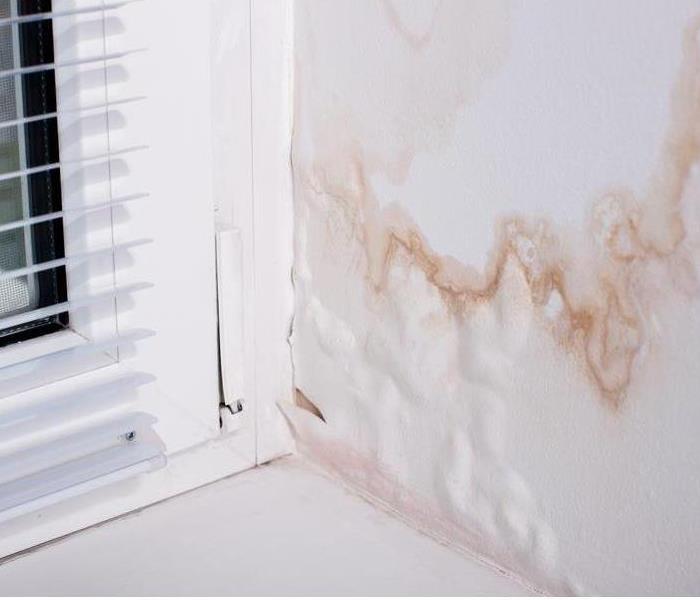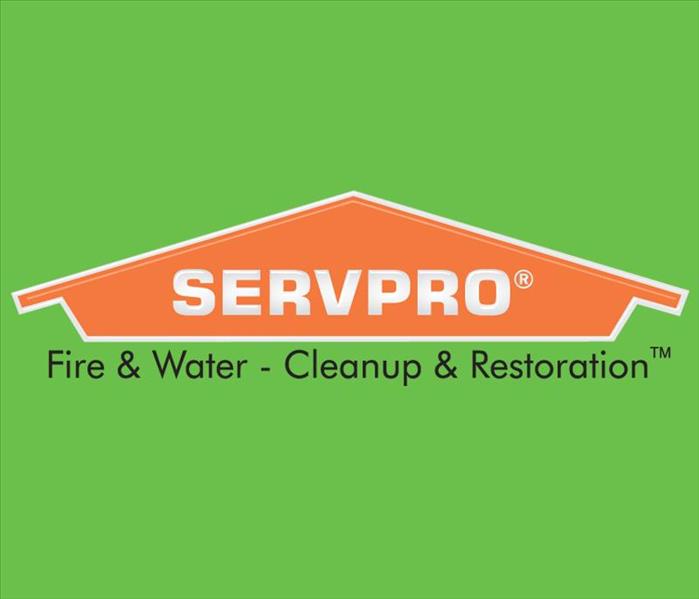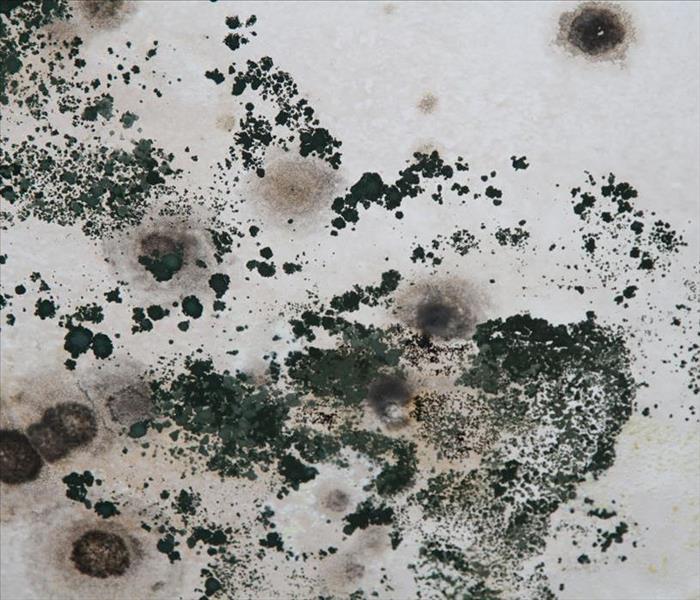Archived Mold Remediation Blog Posts
3 Things To Know About Mold and Your Business
7/23/2020 (Permalink)
 It’s important to know what the signs of mold are so that if there is a problem with mold at your place of business it can be quickly found and remove
It’s important to know what the signs of mold are so that if there is a problem with mold at your place of business it can be quickly found and remove
Finding ceiling tile mold at your Cheltenham, PA, place of business can be frustrating. But mold can grow other places as well. Here are a few things you should know about mold and your business.
1. You May Notice an Odor
It’s not uncommon to notice a musty odor in areas where the water damage has occurred. There is a chance this scent may be caused by mold. Mold odor occurred as a byproduct as the fungus spores and may be a sign that mold is slowly spreading through space. If you notice the odor by can’t see any mold, a professional can test the space to confirm if mold is present.
2. There Be Visual Signs
It's easier to determine if mold is present if visual signs are noticed. For example, you may see discoloration that indicates a ceiling tile mold. This tile discoloration may be slightly brown or yellow and color and look a bit like a water stain. Other visual signs can include fuzzy growth in dark corners or slightly slimy looking patches in areas where water temps to puddle.
3. Professional Help May Be Needed
If you believe mold may be present in your business, then it's highly recommended that you contact a local mold remediation service for help as quickly as possible. These professionals should be able to locate the mold, contain the area, and clean the spores from the business property. They should also be able to locate areas of water damage and make repairs there as well.
It’s important to know what the signs of mold are so that if there is a problem with mold at your place of business it can be quickly found and removed. You may notice mold odor or see signs like discoloration indicating ceiling tile mold. If mold is present a professional can help. They may also be able to answer any questions you may have.
The Top 3 Causes of Tile Discoloration
6/10/2020 (Permalink)
 If you're quick to identify the cause, you can proceed with the necessary cleanup, repairs, or replacement equally fast.
If you're quick to identify the cause, you can proceed with the necessary cleanup, repairs, or replacement equally fast.
Ceiling tiles are a staple of commercial buildings. Despite this, they can easily be forgotten, which gives way to phenomena such as tile discoloration. Many causes of discoloration, such as age, are harmless and should not raise much concern. Other causes, such as tile mold, can be particularly alarming. Here are three of the most common sources of discolored ceiling tiles.
1. Water Damage
The most common cause of tile discoloration is water staining, but it can still be challenging to locate the source of the water damage. This is especially true when it comes to commercial buildings where plumbing systems and ventilation systems are very complex. When a pipe leaks or there is a problem with the HVAC unit, the water from either of these can stain the ceiling tiles below them. In just 24-48 hours, tile mold can build up and cause building materials to decay very quickly. When this happens, you should enlist the help of a mold remediation company.
2. UV Rays
Fluorescent lights are the most popular kind of light fixture used in commercial buildings, such as offices, schools, and medical facilities. This kind of lighting is also a source of ultraviolet rays. With enough exposure to these rays, the ceiling tiles surrounding them can slowly become a different color.
3. Age
Many kinds of ceiling tiles are designed to last around 10 years, so they do not have to be replaced too often. Like the rest of the commercial building structure, however, ceiling tiles do age. Brown, yellow, or other discolored areas on the ceiling can be a sign of this.
From old age to tile mold, discoloration in ceiling tiles is a common occurrence in many commercial properties in Wyncote, PA. If you're quick to identify the cause, you can proceed with the necessary cleanup, repairs, or replacement equally fast, allowing you to get your business back on track.
Ideal Mold Growth Conditions
1/24/2019 (Permalink)
Although we all hate to admit it, we all have found mold in our showers or on our shower curtain at least once in our life. You may wonder what are the exact conditions that mold needs to grow? Here are the 4 critical requirements mold needs to grow.
What are mold spores? Mold spores are the very tiny reproductive units of mold and fungi and vary in size from 3 to 40 microns. These mold spores are everywhere, both inside buildings and outside as well and it is perfectly normal! That is why there is no true way to eliminate these.
What does mold feed on? Basically any organic substance can be a food source as they contain carbon molecules. The most popular mold food in homes are wood, paper and organic fibers.
Unfortunately for us humans, mold prefers the same temperatures we do! This means that mold growth can occur in many places in a building, even the fridge!
Many of us know mold thrives in moist areas, preferable in places with a relative humidity of 70%. Areas in homes where water can gather or pool will provide an even better place for mold growth.
Content by: http://www.fsec.ucf.edu/en/consumer/buildings/basics/moldgrowth.htm
Mold, Mold & More Mold!
1/8/2019 (Permalink)
Mold is everywhere.
No, that is not an exaggeration. Spores of mold are microscopic entities floating in the air which can enter your home or business through a cracked window, open door, AC/heating systems and possibly on your pet.
These facts are not meant to scare you. Not all molds are dangerous and it is important to understand that mold can be present without causing harm. Mold remediation is useful for those who are prone to allergies or when discovered in a heavily populated building such as a school.
There are, however, certain types of mold that must be removed immediately.
Toxic Black Mold emits an indistinguishable, fowl smell that will lead you right to its location.
Due to the potential dangers toxic black mold poses, it is important to begin the remediation process quickly. SERVPRO follows a strict process to effectively remove mold from an affected area.
The process:
- Mold Containment-the affected area is sealed shut as to not release spores
- Air Filtration-cleaning the air of spores
- Removing Mold and Mold-Infested Materials-some materials must be thrown away
- Cleaning Contents and Belongings
- HEPA processes -used to remove mold/mold spores, clean and seal.
For more about our mold remediation process and about mold in general, visit our mold page.
Content & picture by:https://www.oldhouseonline.com/repairs-and-how-to/mitigating-mold
 It’s important to know what the signs of mold are so that if there is a problem with mold at your place of business it can be quickly found and remove
It’s important to know what the signs of mold are so that if there is a problem with mold at your place of business it can be quickly found and remove





 24/7 Emergency Service
24/7 Emergency Service

